Table of Content
Circle rates in Gurgaon are the minimum property valuation benchmarks that the Haryana government has set for property registration. These rates are directly linked to stamp duty and registration charges, so it is a way to prevent less-than-accurate reporting in property transactions. You also need to know the latest circle rates in Gurgaon if you want to buy a home, invest or develop in the region.
What Are Circle Rates?
Circle rates (or collector rates or ready reckoner rates) indicate the minimum value at which the property transaction can be registered officially. The circle rates are established by the state government and differ according to the locality, property type, and usage (residential, commercial, industrial). They act as a reference point for calculating stamp duty and registration fees during property transactions.
Importance of Circle Rates in Gurgaon
- Calculation of Stamp Duty: Circle rates are the fundamentals of stamp duty and registration charges, which are needed to legitimize property transactions.
- Market transparency: Circle rates provide a floor price for property registration and will limit the ploy of undervaluing properties to sidestep taxes.
- Revenue Generation: Correct circle rates lead to accurate tax revenue, ultimately letting the state receive adequate funds.
Also Read: Circle Rate Uttarakhand: Updated Dehradun & Haridwar Circle Rates Guide
Factors Influencing Circle Rates in Gurgaon
Several elements impact the determination and revision of circle rates in Gurgaon:
- Location and Infrastructure: Proximity to key infrastructure projects, such as metro lines, highways, and commercial hubs, can lead to higher circle rates.
- Property Type and Usage: Residential, commercial, and industrial properties have different circle rates based on their usage and demand.
- Market Dynamics: Real estate market trends, including supply and demand, influence the periodic revision of circle rates.
- Government Policies: State government initiatives and policies aimed at urban development can lead to adjustments in circle rates.
Latest Circle Rates in Gurgaon
As of December 1, 2024, the Haryana government has updated the circle rates in Gurgaon. These rates vary across different sectors and localities. Below is an overview of the updated rates:
Residential Apartments (per sq. ft.)
|
Sectors |
Circle rate (per square ft) |
|
Sector 63 |
INR 3,500 |
|
Sector 62 |
INR 3,500 |
|
Sector 61 |
INR 3,500 |
|
Sector 60 |
INR 3,500 |
|
Sector 59 |
INR 3,500 |
|
Sector 58 |
INR 3,500 |
|
Sector 57 |
INR 5,000 |
|
Sector 56 |
INR 5,000 |
|
Sector 55 |
INR 5,000 |
|
Sector 54 |
INR 5,000 |
|
Sector 53 |
INR 5,000 |
|
Sector 52 |
INR 5,000 |
|
Sector 51 |
INR 5,000 |
|
Sector 50 |
INR 5,000 |
|
Sector 46 |
INR 5,000 |
|
Sector 43 |
INR 5,000 |
|
Sector 41 |
INR 5,000 |
|
Sector 40 |
INR 5,000 |
|
Sector 31 - 32A |
INR 5,000 |
|
Sector 30 |
INR 5,000 |
Plots in Licensed Colonies (per sq. ft.)
|
Locality |
Circle rate (per sq ft) |
|
Palam Vihar |
INR 6,600 |
|
DLF Phase II |
INR 7,000 |
|
License colonies in sectors |
INR 2,830 |
Also Read: Circle Rate in UP 2025: A Complete Guide for Homebuyers
HUDA Sector-Wise Circle Rates (per sq. yard)
|
Locality |
Circle rate (per sq yard) |
|
Sector 18,19,20 |
NA |
|
Sector 25 |
NA |
|
Sector 104,105,106,109,110,110A,111,112,113, 114 |
INR 30,000 |
|
Sector 21,22,22A,23,23A |
INR 35,000 |
|
Sector 1,2,3,3A,4,5,6,7,12,12A,13 |
INR 35,000 |
|
Sector 38 |
INR 40,000 |
|
Sector 14,15,16,17,40 |
INR 45,000 |
|
Sector 42,43 |
INR 50,000 |
Multi-Storey Group Housing (per sq. ft.)
|
Locality |
Circle rate (per sq ft) |
|
DLF Colony Old |
INR 6,000 |
|
Sector 1,2,3,3A,4,5,6,7,12,12A,13,14,15,16,17,21,22,22A,23,23A,38,40,42,43 |
INR 5,000 |
|
Sectors 104 to 115 |
INR 3,000 |
How to Calculate Property Value Using Circle Rates
To determine the value of a property for stamp duty and registration purposes:
- For Apartments/Flats: Multiply the carpet area (in sq. ft.) by the applicable circle rate.
- For Builder Floors: Multiply the carpet area (in sq. ft.) by the circle rate per sq. ft.
- For Plots: Multiply the plot area (in sq. yards) by the circle rate per sq. yard.
- For Independent Houses: Calculate the land value (plot area × circle rate per sq. yard) and add the construction cost (built-up area × construction rate per sq. ft.).
Also Read: Circle Rates in Delhi: A Complete Guide for Homebuyers
Circle Rates vs. Market Rates
It is important to understand the distinction between circle rates and market rates:
- Circle Rate: The minimum price that the government specifies for registration of the property.
- Market Rate: The actual transaction price that is agreed upon by seller and buyer (and potentially greater than circle rate).
If the market rate agrees with a price that is greater than the circle rate, the stamp duty will be assessed based on the market rate. Conversely, if the market rate is lower than the circle rate, the government will assess based on the circle rate for taxation purposes.
How to Check Circle Rates in Gurgaon
To access the latest circle rates:
- Visit the Official Website: Navigate to the Gurugram district's official portal: https://gurugram.gov.in/.
- Access Collector Rates: Under the 'Departments' section, select 'Revenue' and click on 'Collector Rates' to view the updated rates.
- Select Locality: Choose the specific sector or locality to view its applicable circle rate.
Conclusion
It is important for anyone who deals with property dealings in Gurgaon to know the circle rates of the city as these not only set the minimum value for the registration of property, to be able to assess the overall purchase price of the property as they add to the stamp duty and registration fees. Being aware of the most recent rates can help you stay compliant with requirements and keep on top of your financial assessment of the property you are considering investing in.
Follow AquireAcers Whatsapp Channel to Stay Updated With The Latest Real Estate News

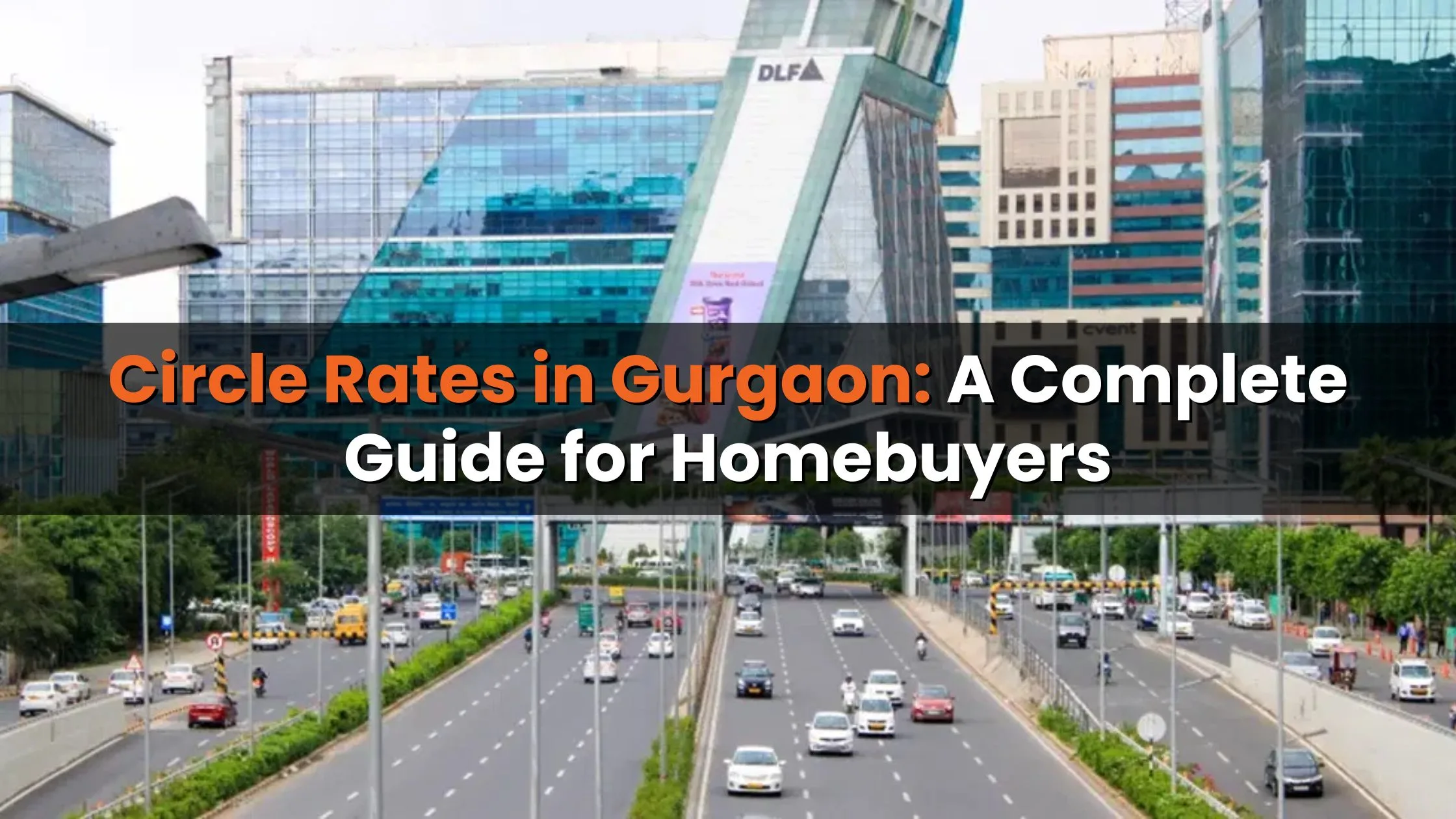
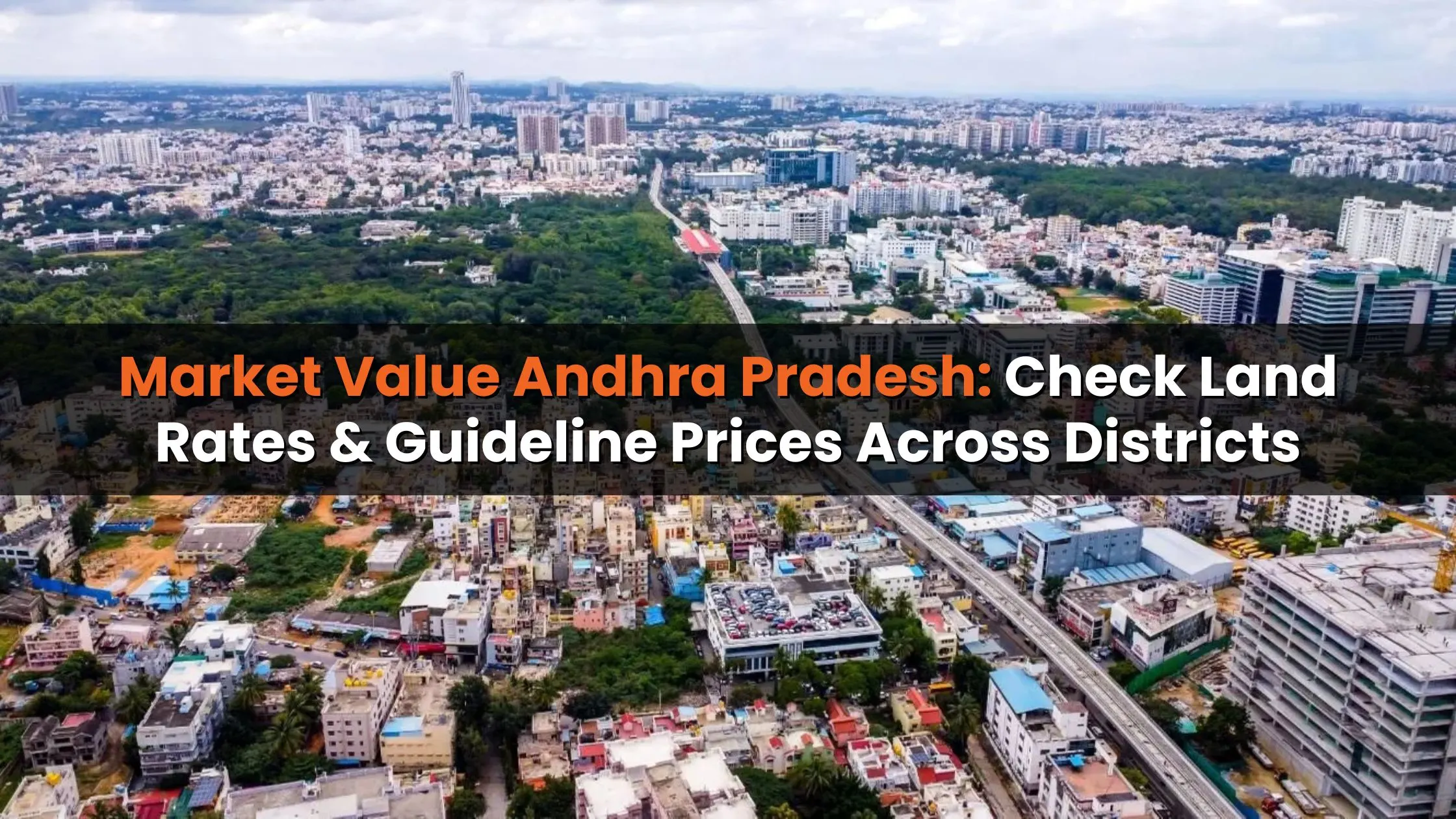
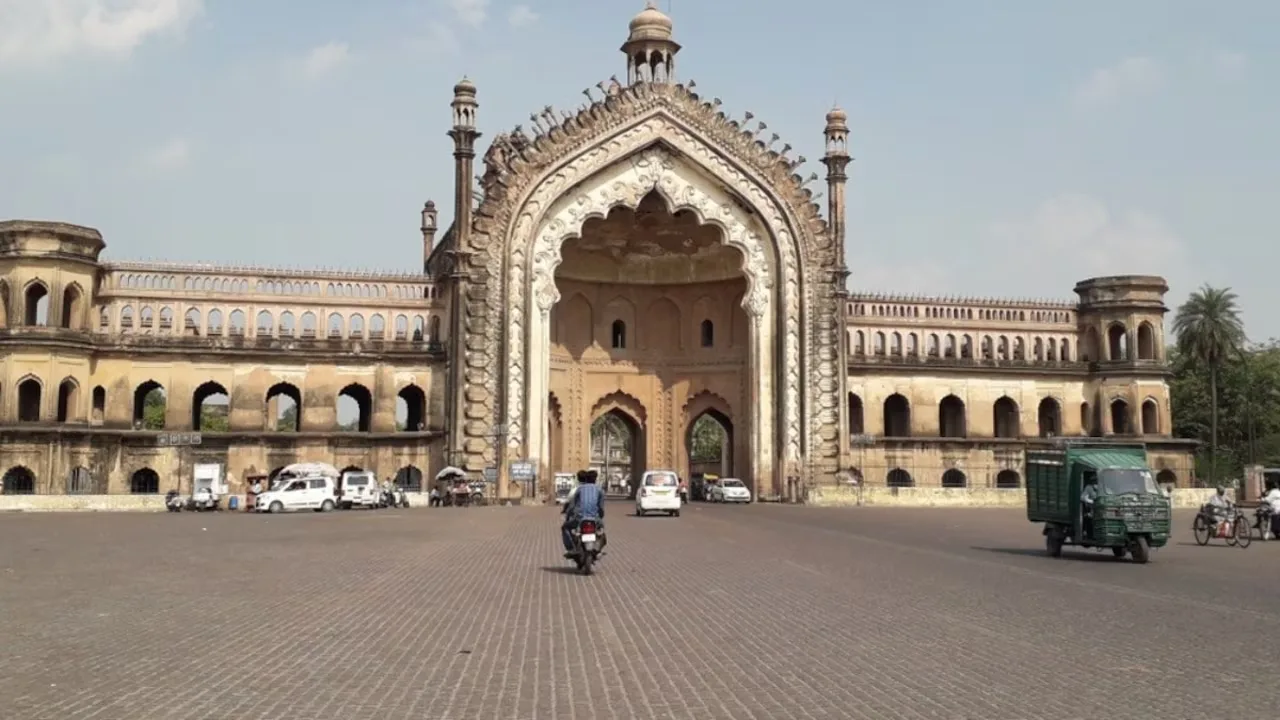

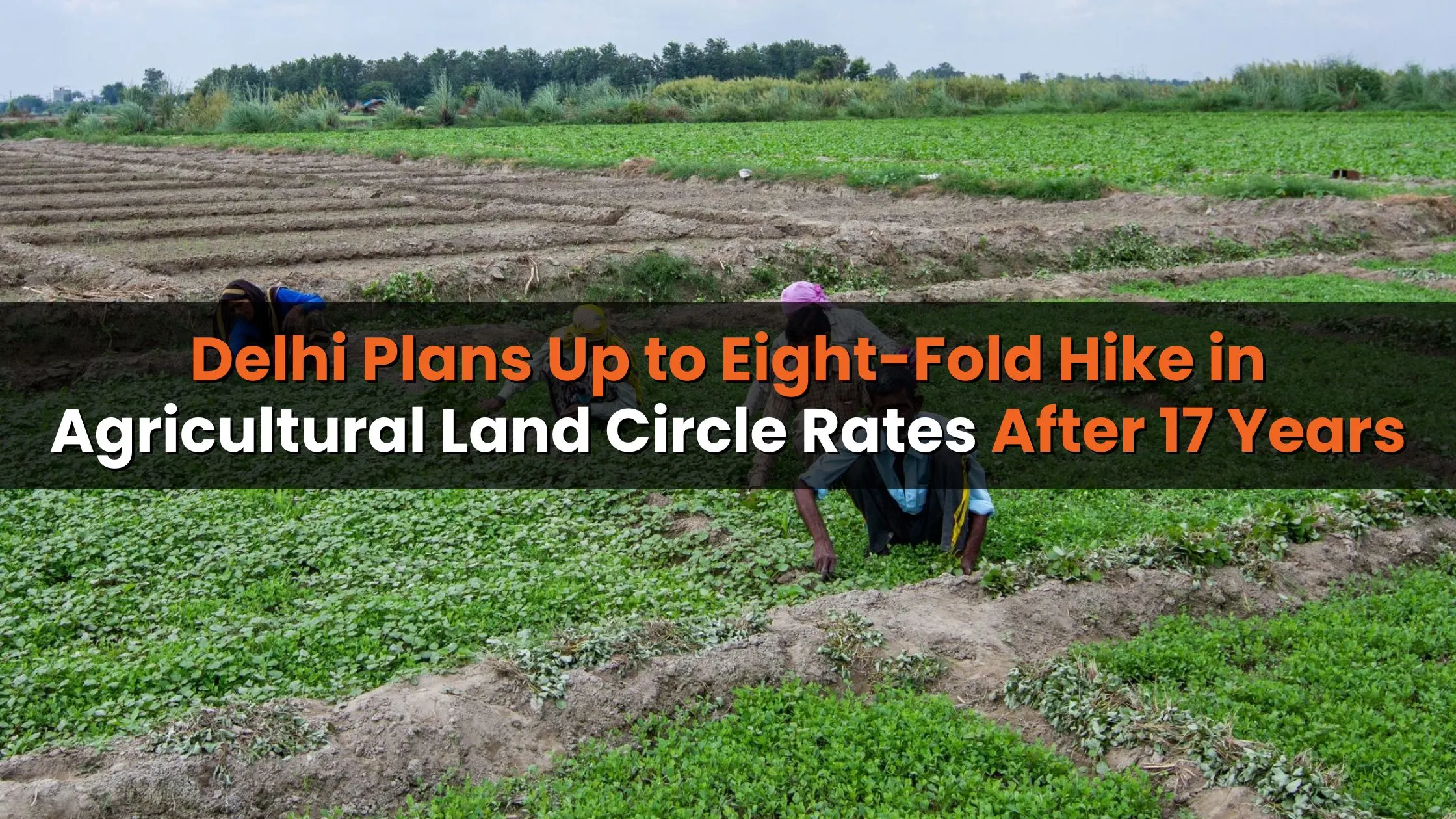
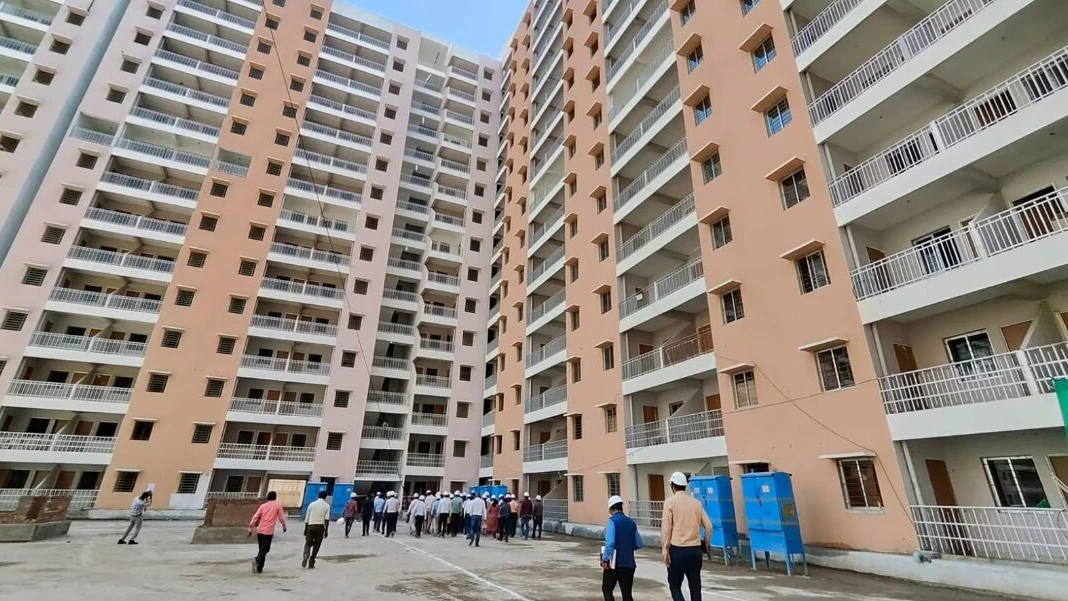

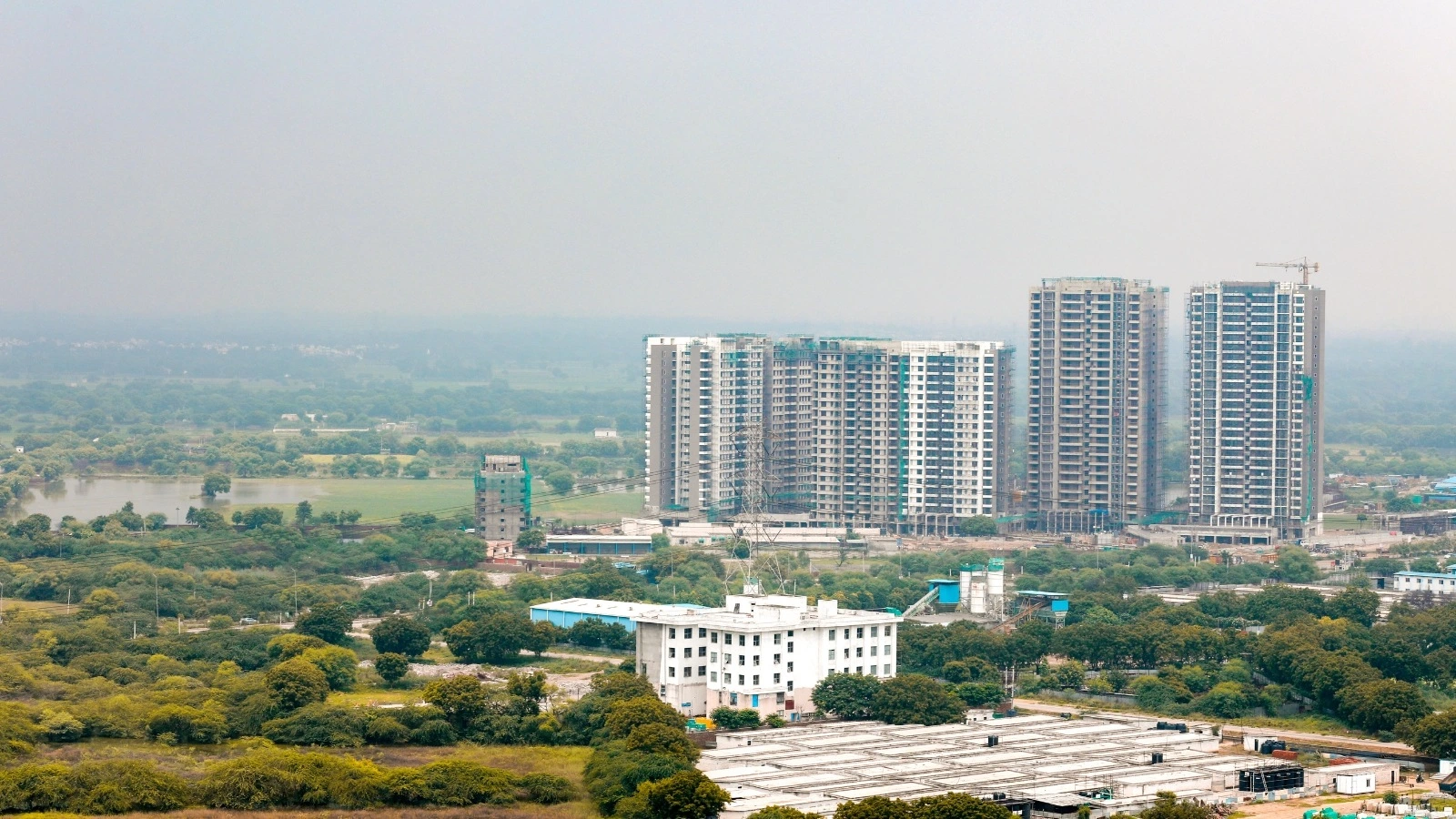


_1766133697.webp)
Ans 1. Circle rates are the minimum property value benchmarks set by the Haryana government for property registration. These rates are used to calculate stamp duty and registration fees.
Ans 2. Circle rates ensure transparency in property transactions, prevent undervaluation of property for tax evasion, and help in accurate tax revenue collection.
Ans 3. Circle rates are determined based on factors like locality, property type, market trends, and government policies.
Ans 4. No, circle rates are government-specified minimum rates, while market rates are the actual transaction prices agreed upon by the buyer and seller.
Ans 5. If the market rate is lower, stamp duty and registration fees are calculated based on the circle rate.
Ans 6. Circle rates are periodically revised by the government to align with market trends and infrastructure developments.
Ans 7. You can check the latest circle rates on the official Gurugram district website: gurugram.gov.in.
Ans 8. Yes, circle rates differ based on the sector, locality, and type of property (residential, commercial, or industrial).
Ans 9. Circle rates provide the baseline for calculating property registration charges, ensuring compliance with legal and financial norms.
Ans 10. Multiply the property area (carpet area or plot area) by the applicable circle rate for the respective property type and locality. For independent houses, include construction costs in the calculation.